Enemies and Kings
/How history repeats in the comparison between Thomas Cromwell and Thomas Wentworth
Read MoreInternational Award-Winning Author
How history repeats in the comparison between Thomas Cromwell and Thomas Wentworth
Read MoreAlthough author Nancy Blanton may not be a household name yet, after reading her intriguing novel The Earl in Black Armor we think that may very well change in the near future.
Read MoreIn his brightest hour, as chief advisor to King Charles I of England, he was loved by some and deeply hated by others. And yet, one is likely to feel respect for him, if not true admiration.
Read MoreThe Earl of Strafford, Thomas Wentworth. National Portrait Gallery.
Read MoreJust before the turn of the 17th century in 1593, Thomas Wentworth was born in London, into fortune, property and prestige. But he sought more than anything what he did not have: a royal title. An earldom. It would come at the greatest cost.
Read MoreThe first time I visited Dublin Castle, I was just 14 years old. My family was a long way from our Florida home, and I was so consumed by the excitement of it all that now I hardly remember it. (I do remember my sister plopping me into a bathtub after I consumed way too much mead.)
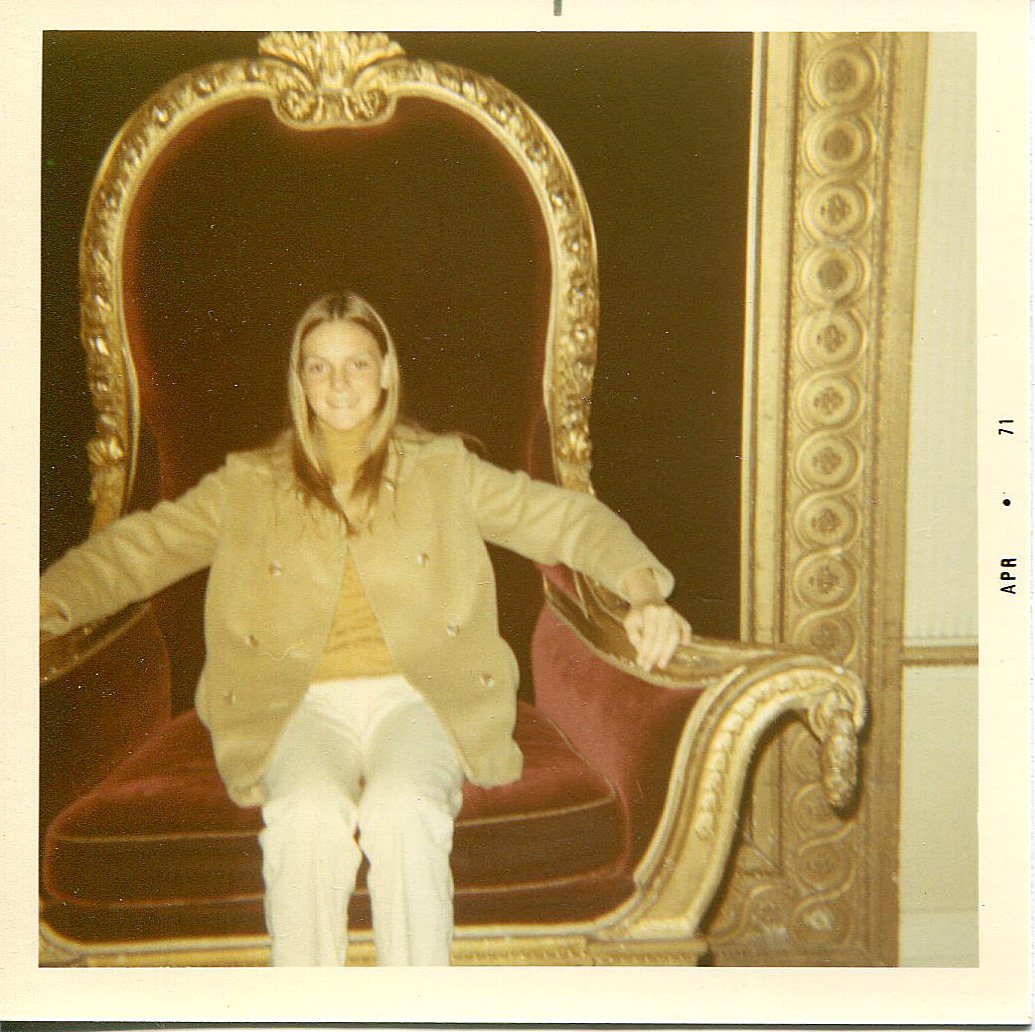 Now I wish I’d had a better head on me, for the castle will be the primary setting for my next book. Research already had begun last month when my sister unearthed this picture of me on the throne. Is it any wonder that I’m drawn to Irish history as much as I’m drawn to write?
Now I wish I’d had a better head on me, for the castle will be the primary setting for my next book. Research already had begun last month when my sister unearthed this picture of me on the throne. Is it any wonder that I’m drawn to Irish history as much as I’m drawn to write?
What tourists see today is not the Dublin Castle of my story, however. Founded by King John in 1204 for the defense of the city, the original castle had a circular tower and strong walls around a broad square that was filled with wooden structures for the business of castle daily life. But most of this was lost to fire in 1684.
The tower survived, and around it a new Georgian Palace was built to house government offices and activity, house the Lord Deputy, and host state dinners and other events.
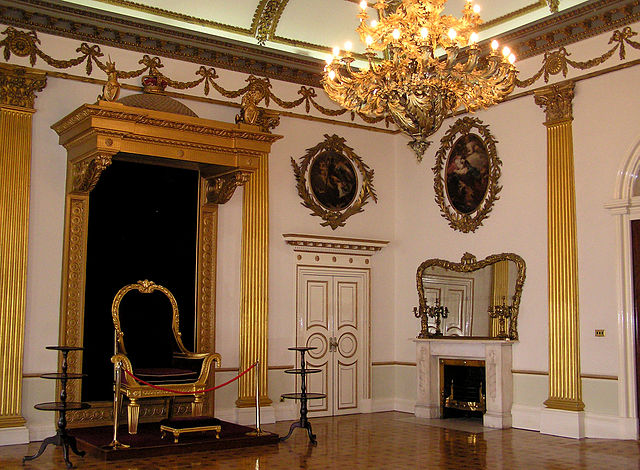
Today the castle is quite a sprawling complex that even offers a conference center. Visitors can tour historic State Apartments, including St. Patrick’s Hall, the throne room, dining room, bedrooms, and state corridor. They can also seem some remnants of Medieval life, and much more of modern life.
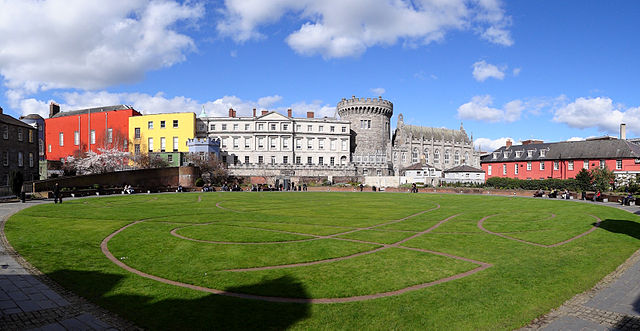
But I will be looking for the Castle of the 1630s and 40s, just prior to the Great Rebellion of 1641. The story I’m researching centers on the Lord Deputy of Ireland, Thomas Wentworth, the First Earl of Strafford. He was vice regent for King Charles I, and did much to fill the king’s treasury during his tenure in Ireland, but managed to enrich himself at the same time. He offended many a powerful earl in the process, and this ultimately led to his downfall and execution in 1641.
The resulting book will be a sequel to The Prince of Glencurragh, a novel published last month:
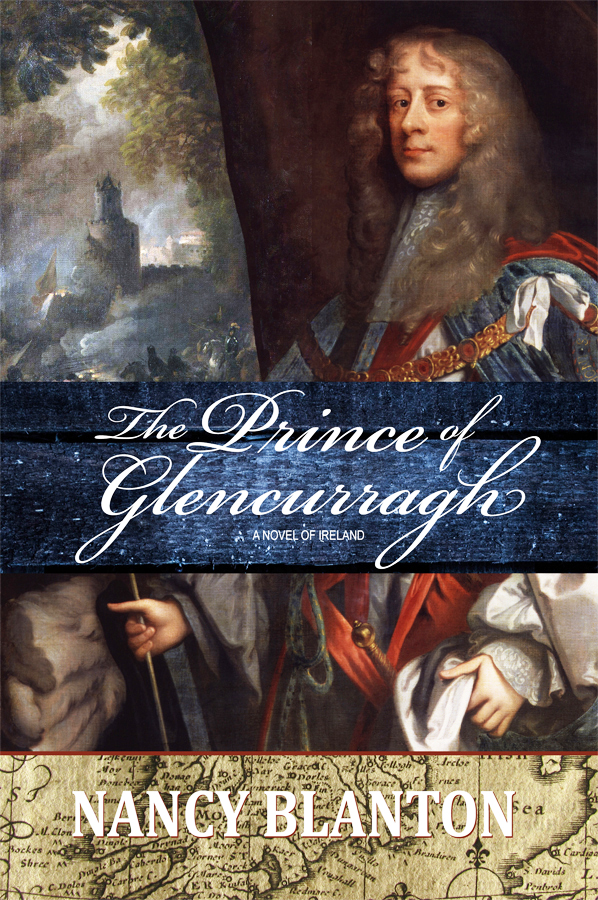 As the son of a great Irish warrior, Faolán Burke should have inherited vast lands and a beautiful castle, Glencurragh. But tensions grow in 1634 Ireland, as English plantation systems consume traditional clan properties, Irish families are made homeless, and Irish sons are left penniless. Encountering the beautiful heiress Vivienne FitzGerald, Faolán believes together they can restore his stolen heritage and build a prosperous life. Because the Earl of Cork protects her, abduction seems to be his only option.
As the son of a great Irish warrior, Faolán Burke should have inherited vast lands and a beautiful castle, Glencurragh. But tensions grow in 1634 Ireland, as English plantation systems consume traditional clan properties, Irish families are made homeless, and Irish sons are left penniless. Encountering the beautiful heiress Vivienne FitzGerald, Faolán believes together they can restore his stolen heritage and build a prosperous life. Because the Earl of Cork protects her, abduction seems to be his only option.
But Vivienne has a mind of her own; the adventure that begins as a lark takes a dark turn, and plans go awry. Faolán finds himself in the crossfire between the four most powerful men in Ireland—the earls of Clanricarde, Cork, Ormonde, and the aggressive new Lord Deputy of Ireland—who use people like game pieces. With events spiraling beyond their control, what will become of Faolán, Vivienne, and the dream of Glencurragh?
Available in hard cover, soft cover and e-book.
Sign up for the Goodreads Giveaway now through Sept. 10. Or, purchase it today and embark on the adventure!
Can the eyes in a portrait reveal the secrets in a person's character, or foretell their fate? Can a portraitist see through a person's eyes to the fears hidden behind them? In researching Thomas Wentworth, the first Earl of Strafford, for my book The Prince of Glencurragh, I am struck by my subject's eyes as captured by the eminent artist and portraitist of the period (1640s) Anthony van Dyck. The eyes are both striking and haunting with emotion as if the artist clearly saw through to Wentworth's inner feelings. And this was the artist's magic.
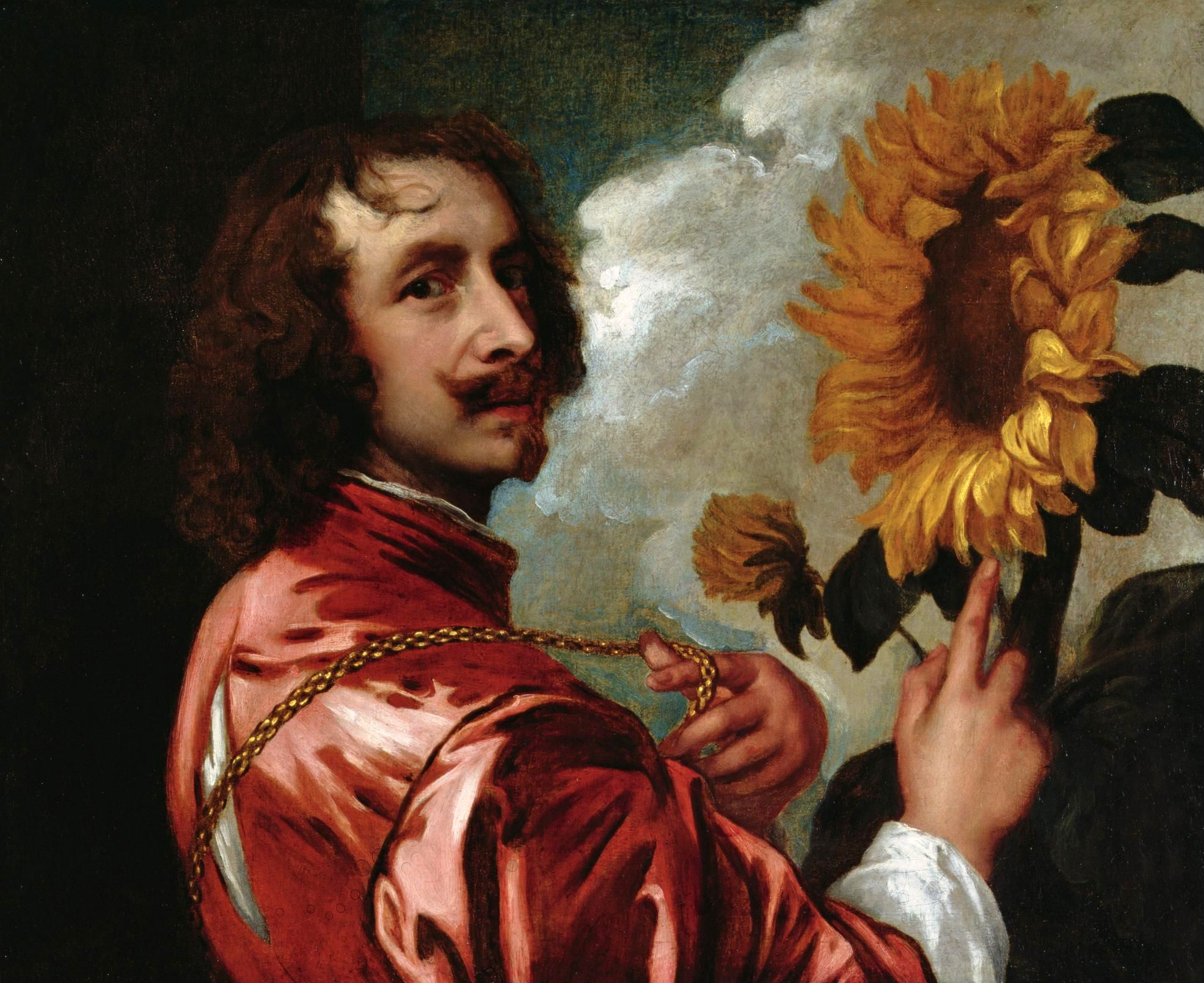
Born in Antwerp, van Dyck studied and painted throughout Europe before he moved to London in 1632, at age 33, to work for King Charles I.
"Van Dyck was now an artist with an international reputation and was widely traveled…He knew the art of pleasing distinguished and demanding patrons; he was equipped with a brilliant technique, and had at his command the whole repertoire of baroque painting. Above all, he possessed extraordinary imaginative powers, and, as a portraitist, an almost unequalled feeling for character and nobility of spirit," wrote Malcolm Rogers, in Anthony van Dyck 1599-1641, a catalog of work published for the artist's 400th birthday.
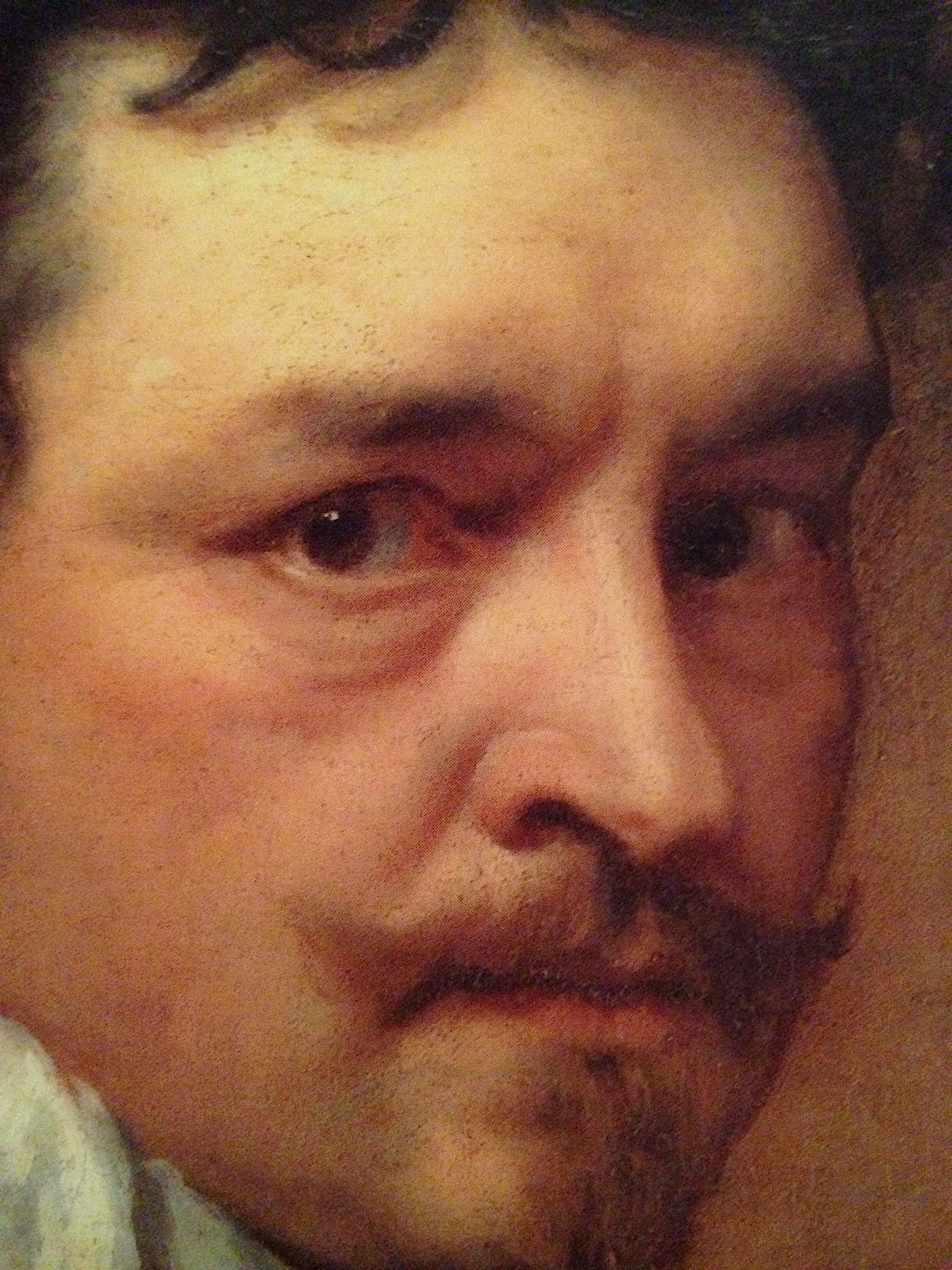
More than nobility, when I look into the eyes of Wentworth, I see anger, distrust, and a heightened fear. Wentworth began life in April 1593, the second son of a wealthy Yorkshire landowner, and ended as the closest advisor to the king. He is best known for his brief tenure as Lord Deputy of Ireland. He could not have known at the time the portrait was painted that he would be found guilty of treason by Parliament, for supporting the king's prerogative over the people's elected representatives, or that the king himself would sign Wentworth's death warrant. Wentworth was beheaded in 1641, and those eyes suggest he could see it all coming.
From that portrait, Macaulay's History of England described Wentworth this way: "That fixed look, so full of severity, of mournful anxiety, of deep thought, of dauntless resolution, which seems at once to forbode and to defy a terribly fate, as it lowers on us from the living canvass of van Dyke."
As Judy Egerton writes in the same book, "No portraits painted by van Dyck in England more brilliantly demonstrate his penetrating powers of perception than those of Charles I and Thomas Wentworth, Earl of Strafford, two sharply contrasting personalities."
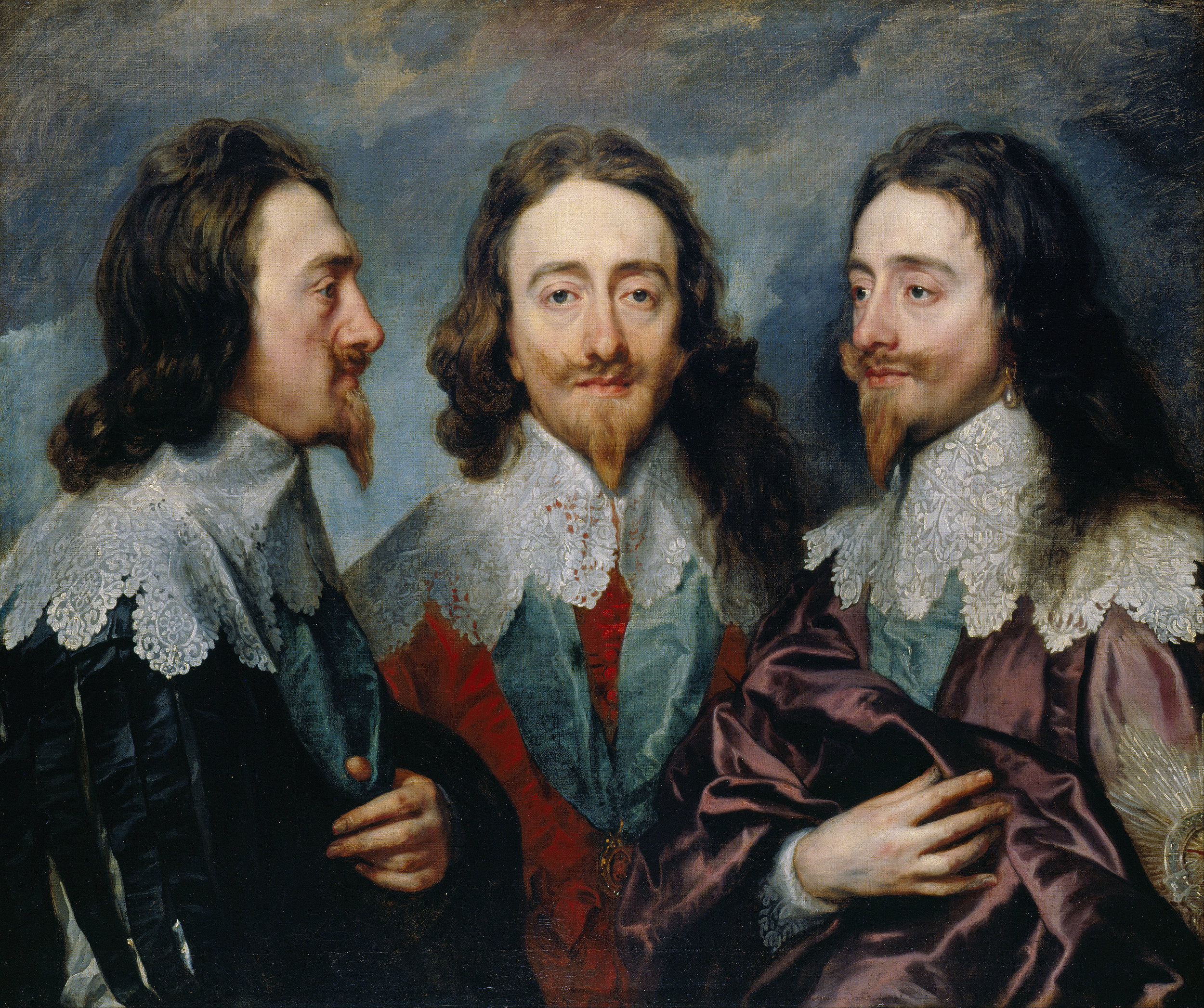
Van Dyck completed many portraits of King Charles I, but no matter the pose, the king's eyes suggest sad resignation. Here is the king who fought Parliament to preserve the king's prerogative--basically his right to rule his kingdom through royal blood and divine right, without approval of Parliament--even though it led to a bloody civil war. But his eyes do not show the light of an impassioned leader, and sag as if he would rather close those lids than see what was coming. He and his Royalist army lost the civil war, and Charles was beheaded in 1649 by order of Parliament under the leadership of John Pym. Then the Parliamentary army, led by Oliver Cromwell, proceeded to Ireland to crush a bloody rebellion.
In addition to many portraits, van Dyck's paintings of courtly life and other settings do much to chronicle 17th century England. Van Dyck died in London in 1641 after a long illness. He was 42.
Nancy Blanton is the award-winning author of Sharavogue, a historical novel set in 17th Century Ireland during the time of Oliver Cromwell, and in the West Indies, island of Montserrat, on Irish-owned sugar plantations. She has two more historical novels underway, as well as a non-fiction book about personal branding, Brand Yourself Royally in 8 Simple Steps. She also wrote and illustrated a children's book, The Curious Adventure of Roodle Jones, and co-authored Heaven on the Half Shell, the Story of the Pacific Northwest's Love Affair with the Oyster.

“Like reading The Three Musketeers for the first time!” —reader review of The Prince of Glencurragh